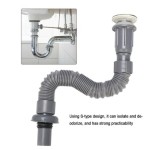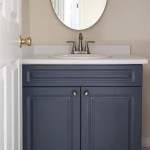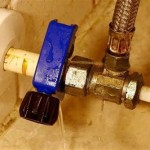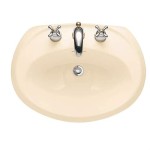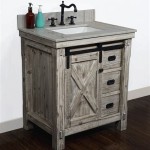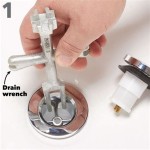How to Vent Your Bathroom Fan
Bathroom fans serve a specific purpose of removing moisture, odors, and pollutants from your bathroom. Ensuring your bathroom fan is properly vented is a vital part of maintaining a healthy and comfortable environment in your home. This article will provide you with essential aspects to consider when venting your bathroom fan, helping you achieve optimal performance and a well-ventilated space.
Before we dive into the specifics of venting a bathroom fan, it's important to understand the part of speech of the keyword phrase "How to Vent Your Bathroom Fan." In this case, "How" is an adverb, which describes the action of venting. "To Vent" is an infinitive verb form, expressing the purpose or intended action. "Your" is a possessive adjective, indicating ownership of the bathroom fan. "Bathroom" is a noun, specifying the location or area where the fan is installed. Knowing these parts of speech helps us comprehend the relationship between each word and how they contribute to the overall meaning of the topic.
### Essential Aspects of Venting a Bathroom Fan1. Choosing the Right Fan:
Selecting the appropriate bathroom fan is crucial for effective ventilation. Consider the size of your bathroom, the amount of moisture generated, and the noise level you're comfortable with. A fan rated for the cubic feet per minute (CFM) of your bathroom will ensure adequate air exchange.
2. Proper Ductwork:
The ductwork connected to your bathroom fan must be properly sized and installed to allow for efficient airflow. Use rigid or flexible ducting with a diameter that matches the fan's outlet. Ensure the duct is as straight as possible, minimizing bends and kinks that could restrict airflow.
3. Exhaust Vent Location:
The exhaust vent should be positioned on an exterior wall or roof to expel moisture and pollutants outside your home. Avoid terminating the duct in the attic or crawlspace, as this can lead to condensation and mold growth.
4. Ventilation Damper:
A ventilation damper installed on the exhaust vent prevents backdrafts and heat loss when the fan is not in operation. Choose a damper that automatically opens and closes based on airflow, ensuring proper ventilation.
5. Timer or Humidity Sensor:
A timer or humidity sensor can be installed to automate bathroom fan operation. A timer allows the fan to run for a set duration after use, while a humidity sensor activates the fan when the humidity level in the bathroom reaches a predetermined threshold.
6. Maintenance:
Regular maintenance is essential to ensure optimal performance of your bathroom fan. Clean the fan blades and housing periodically to remove dust and debris. Check the ductwork for any blockages or damage that may impede airflow.
Conclusion:
Venting your bathroom fan effectively requires careful consideration of these essential aspects. By choosing the right fan, installing proper ductwork, selecting an appropriate exhaust vent location, and incorporating a ventilation damper and automation, you can ensure efficient removal of moisture, odors, and pollutants from your bathroom. This will help maintain a healthy and comfortable living environment while preventing potential problems like mold growth and condensation.

Blog

Bathroom Exhaust Fans The Complete Guide By Fanco

Effective Ventilation

Bathroom Fan Venting Tips Gui

How To Use An In Line Exhaust Fan Vent Two Bathrooms Diy Family Handyman

Installing A Bathroom Fan Fine Homebuilding

Bathroom Exhaust Fans Building America Solution Center

Adding A Bathroom Fan Fine Homebuilding

Bathroom Vent Ducts Should Extend Out The Roof Gettum Associates Inc

Install A New Bathroom Vent Fan Light The San Fernando Valley Sun
Related Posts
